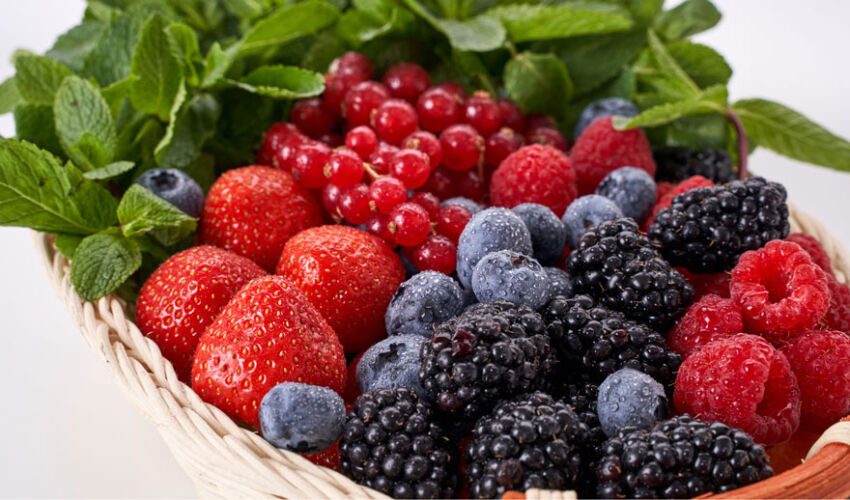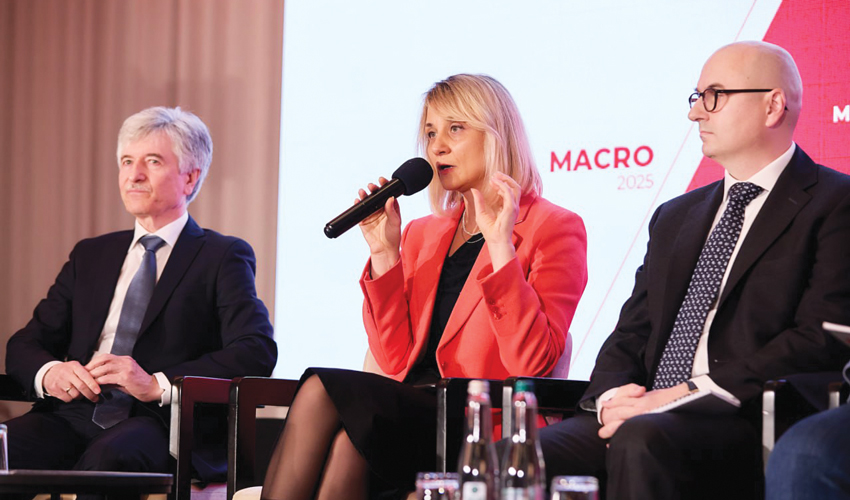
According to Anneta Ganenco, chairwoman of the Association of Berry Producers “Pomușoarele Moldovei”, the May precipitation is the first good news for Moldovan berry producers this season, somewhat alleviating the nervous shock of the damage to berry plantations caused by spring frosts. We cannot say that in the last week of May the weather was perfect. Average daily temperatures of around 14-16 degrees Celsius are still short of the optimum range. And precipitation next week berry farmers no longer need. For about eight to ten days remaining before the start of mass harvesting of strawberries “open ground” soil on the berry plantations ideally should dry up, so that the harvest (in RM it is carried out manually) passes rhythmically and the quality of berries did not suffer. But, in any case, the picture on the eve of the start of the main (June) stage of the strawberry harvesting/sales season, at least for early and mid-maturing varieties, looks good.
This is important, as the strawberry segment accounts for about half of the total area under berry crops in RM. At the same time, strawberries are a crop with a two-year fruiting cycle, after which industrial plantations are usually renewed. Accordingly, farmers are able to flexibly regulate the areas under strawberries (unlike perennial plantations of berry bushes – raspberries, blackberries, currants, blueberries, etc.).
Representatives of Pomușoarele Moldovei claim that in the last few years there has been a rather active transformation of the country’s berry industry. Under the influence of market factors, in particular, the intensified reorientation from the CIS market to the EU market, Moldovan berry producers are increasingly involved in the process of changing the “variety line” – mainly in the segment of strawberries, raspberries, currants and blackberries. At the same time, the berry industry is becoming perhaps better integrated into the European market, but also more compact in terms of size.
According to the estimation of Dmitri Dodica, director of Anastasia Trading&Services SRL, since the beginning of the current decade, berry production in the Republic of Moldova has been shrinking by 5-15% annually. Moreover, strawberry (in Floresti, Edinet, Calarasi, Causeni, Briceni) and raspberry (Donduseni, Ocnita, Soroca) business segments are shrinking in size.
The reasons for the decrease in production are many. The main one is climate transformation, which shifts the timing of production seasons and often creates certain weather problems that reduce the quantity and quality of the harvest. According to Dmitri Dodike’s estimation, the yield of berry plantations in the country on average falls within a modest range of 4-7 tons/ha. At the same time, negative weather conditions and shortcomings in agro-technologies significantly increase the price of Moldovan berries, which hardly compete on the European market in terms of price/quality ratio. In the future, it seems that the only reliable recipe to counteract unfavorable weather factors will be the transfer of berry production to “protected ground” technologies.
Another important circumstance, which greatly limits the scale and increases the cost of berry production in RM is the shortage and comparative costliness (compared to the situation, for example, in neighboring Ukraine) of labor for labor-intensive harvesting of so-called “soft fruits”, including berries. For this reason, for example, one of the largest currant producers in the Republic of Moldova (more than 60 ha, Kremenchug village, Soroca district) acquired a trailed harvester last year. The machine allowed him to replace dozens of day laborers during the harvesting period and to reduce harvesting costs in the structure of production costs more than twice (from about 7 to 3 lei/kg). However, such examples of modernization in the berry sector of Moldova are still rare.
Nevertheless, regional “berry clusters” – centers for growing, harvesting, sorting/packing and freezing/processing of berries – are gradually beginning to form in the country: Pokrovka, Kunicha, Pitresti, Grimencauti, Copanca, Kremenchug and others.
It is curious that, as the experts pay attention, in the berry business of Moldova the locomotive of development is mainly local capital. Moreover, it is not very large. Therefore, the pace of modernization is not great, and “growth rates are negative”, at least in some “seasons of bad weather and cheap market”. On the other hand, if a large foreign capital in the format of a transnational operator suddenly came to this segment of the fruit business for some reason, it would most likely come with its own technologies and customers (markets). Accordingly, cooperation with local berry farmers, if the transnational player needed it, would be carried out on its terms, most likely – strict and rigid. Local berry business operators with their own habits and plans would hardly like it much.
|
Berry business in RM, 2020-2024. |
|||||
| Indicators |
2024 |
2023 | 2022 | 2021 |
2020 |
| Production, thousand tons |
17,1 |
20,8 | 20,3 | 18,7 |
15,4 |
| Export, thousand tons |
2,02 |
3,28 | 2,12 | 4,48 |
3,46 |
| Import, thousand tons |
0,61 |
0,62 | 0,71 | 0,75 |
0,58 |
Source: NBS













